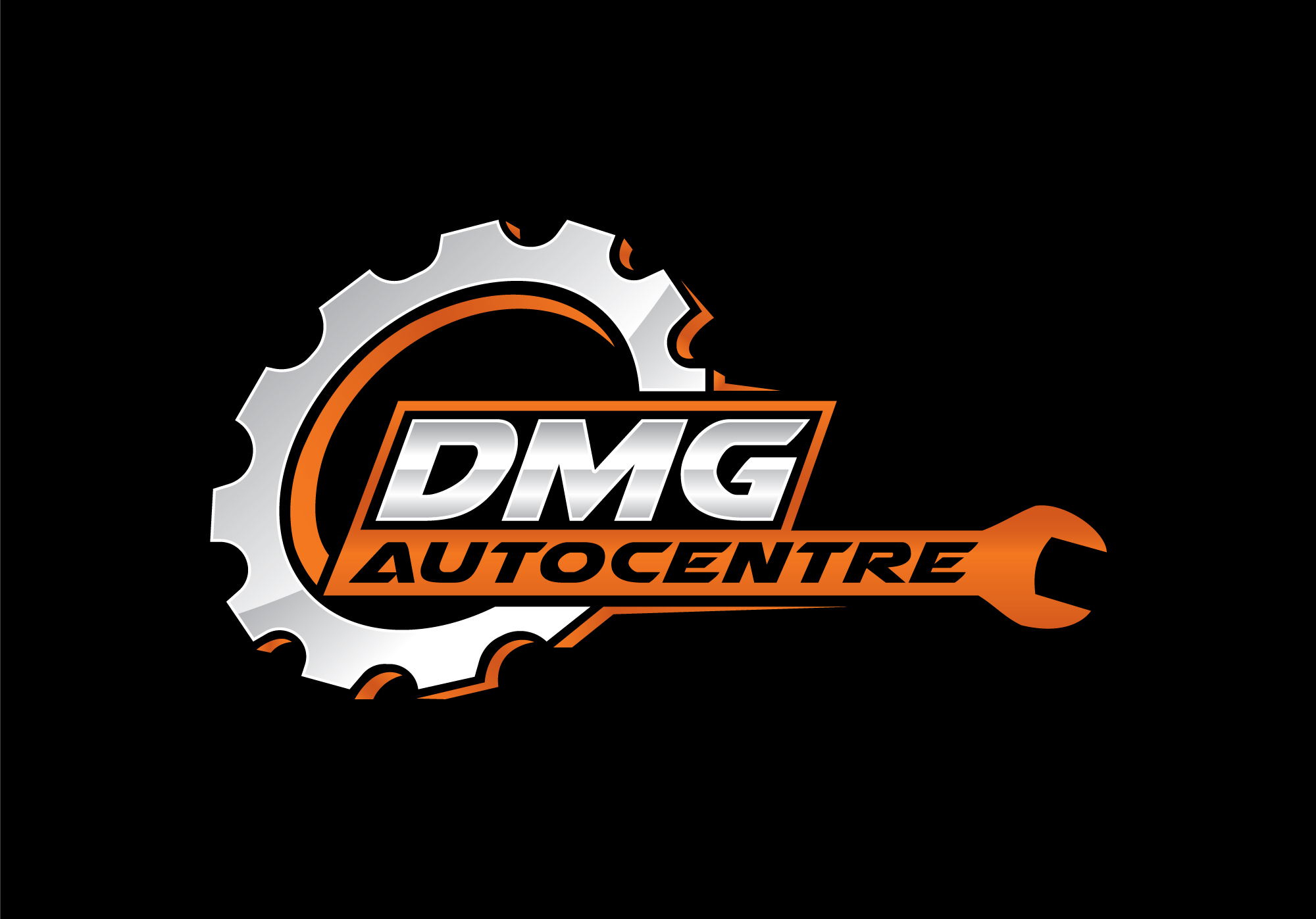Title Page
-
Vehicle Make
-
Model
-
VRM
-
Mileage
-
Conducted on
-
Prepared by
-
Location
Exterior Inspection
-
Check For Dents and Scratches
-
Provide media evidence
-
Inspect the condition of the paint
-
Provide media evidence
-
Look for rust or corrosion
-
Add media
-
Examine the windshield for chips or cracks
-
-
Check the condition of the headlights and taillights
-
Inspect the condition of the tires for wear and tear
-
Nearside Front
-
Nearside Rear
-
Offside Front
-
Offside Rear
-
Measure tire tread depth
-
undefined
-
Check tire pressure
-
Inspect the wheels for damage
-
Add media
-
Look for fluid leaks underneath the vehicle
-
undefined
-
Check the condition of the wiper blades
-
Ensure all doors and locks function properly
-
Inspect the condition of the mirrors
Interior Inspection
-
Check the condition of the seats for tears or stains
-
Inspect the dashboard for cracks or damage
-
Ensure all interior lights are working
-
Test the horn
-
Check the condition of the steering wheel
-
Inspect the condition of the pedals
-
Test the seatbelt functionality
-
Verify that all windows roll up and down smoothly
-
Test the heating and air conditioning system
-
Ensure the radio and speakers work
-
Check all buttons and controls for proper functioning
-
Inspect the condition of the carpet and floor mats
-
Test the functionality of the sunroof (if applicable)
Under the Hood
-
Check the engine oil level and condition
-
Inspect the transmission fluid
-
Verify the condition of the coolant/antifreeze
-
Check power steering fluid level
-
Inspect the brake fluid
-
Check the condition of the serpentine belt.
-
Inspect the battery for corrosion and secure connections
-
Test the functionality of the alternator
-
Examine the air filter
-
Check the condition of the radiator and hoses
-
Inspect the condition of the engine mounts
-
Verify proper engine idling
-
Test the brakes for responsiveness
Underneath the Vehicle
-
Inspect the exhaust system for leaks or damage
-
Check the condition of the suspension components
-
Inspect the CV joints and boots
-
Check for oil leaks from the engine or transmission
-
Verify that all undercarriage shields are in place
Fluid Levels
-
Check the windshield washer fluid level
-
Inspect the differential fluid (if applicable)
-
Verify the level of the transfer case fluid (if applicable)
-
Check the level of the power steering fluid
Electrical System
-
Test the functionality of all lights (brake, turn signals, reverse)
-
Check the battery voltage
-
Inspect the condition of spark plugs and wires
-
Verify the operation of the starter motor
-
Check the condition of the ignition system
Brakes and Tires:
-
Brake pad thickness
-
Inspect the condition of the brake Discs
-
Check the brake lines for leaks or damage
-
Verify tire alignment
-
Inspect the condition of the spare tire
-
Check the condition of the lug nuts
Suspension and Steering
-
Test the shock absorbers and struts
-
Check for wheel bearing play
-
Inspect tie rod ends and ball joints
-
Verify the alignment of the steering wheel
-
Test the functionality of the steering system
Transmission and Drivetrain
-
Check for transmission fluid leaks
-
Verify smooth shifting (manual or automatic)
-
Inspect the condition of the clutch (manual)
Safety Systems
-
Test the functionality of the airbags
-
Verify the operation of the ABS system
-
Check the condition of seatbelt pretensioners
Exhaust System
-
Inspect the condition of the catalytic converter.
-
Check for exhaust leaks or unusual noises
Fluid Leaks
-
Inspect for oil leaks (engine, transmission, differential)
-
Check for coolant leaks
-
Verify the absence of power steering fluid leaks
Final Checks
-
Road test the vehicle for unusual noises or handling issues
-
Verify that all warning lights on the dashboard are functioning correctly






